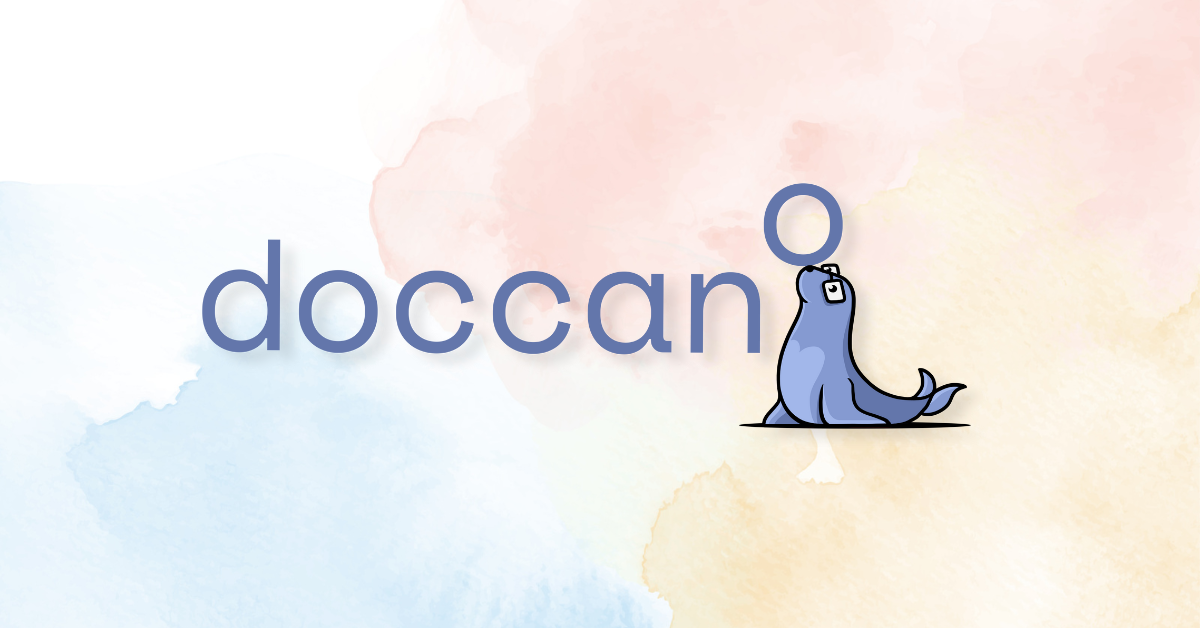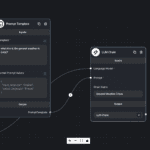Doccano is a widely used open-source annotation tool designed for machine learning practitioners and data scientists. It simplifies the process of creating labeled datasets for Natural Language Processing (NLP) tasks such as text classification, sequence labeling, named entity recognition (NER), and text summarization. Available as a web-based interface, Doccano has gained popularity due to its ease of use and ability to support a variety of NLP annotation tasks, providing a crucial link between raw data and machine learning model training.
In this blog article, we’ll dive deep into Doccano’s features, setup, capabilities, and real-world use cases, along with why it has become an essential tool for NLP annotation projects.
Key Features of Doccano
- Multi-Language Support
Doccano allows text annotation in multiple languages, making it suitable for various linguistic datasets. This is especially helpful for global NLP projects that deal with multilingual corpora. - Multiple Annotation Types
Doccano supports several types of annotation tasks, including:- Text Classification: Labeling entire text segments with one or more predefined categories.
- Named Entity Recognition (NER): Identifying and labeling specific entities within a text, such as people, organizations, or dates.
- Sequence Labeling: Assigning a label to each token in a sentence.
- Text Summarization: Creating summaries for given documents or text snippets.
- Easy-to-Use Interface
Doccano offers a clean and intuitive web-based interface where users can create projects, upload text data, and start annotating immediately. The drag-and-drop functionality simplifies the process, especially for teams that do not have a deep technical background. - Collaboration-Friendly
Multiple users can collaborate on the same project. Doccano allows role-based access, where administrators can create, manage, and export projects while annotators work on labeling the data. - Data Import and Export
Doccano allows easy data import in formats such as CSV, JSONL, and plain text. Once the annotation is complete, datasets can be exported in JSON or other machine learning-ready formats for further analysis or model training. - Customizable Labels
For each project, users can create a set of custom labels based on the type of annotation task. This provides flexibility to work with specific categories or entity types. - REST API Support
Doccano comes with a REST API that enables integration into larger workflows or custom automation pipelines. This feature is particularly beneficial for teams wanting to programmatically interact with the annotation tool.
Setting Up Doccano
Doccano is built using Python (Django) and can be deployed locally or on cloud-based platforms like AWS, Google Cloud, or DigitalOcean. Here’s a quick overview of how to get started with Doccano:
1. Installation with Docker
Doccano can be installed quickly via Docker, a popular containerization tool. Below are the steps to install Doccano with Docker:
# Clone the Doccano repository
git clone https://github.com/doccano/doccano.git
cd doccano
# Start the Doccano server using Docker Compose
docker-compose -f docker-compose.prod.yml up
Once the Docker containers are up, you can access the Doccano interface via http://localhost.
2. Direct Installation
Alternatively, you can install Doccano without Docker by following these steps:
# Clone the repository
git clone https://github.com/doccano/doccano.git
cd doccano
# Install dependencies
pip install -r requirements.txt
# Apply migrations
python manage.py migrate
# Start the server
python manage.py runserver
After setup, you can start creating projects, importing data, and annotating text.
Use Cases for Doccano
- Named Entity Recognition (NER)
NER is one of the most widely used NLP tasks for identifying entities such as people, organizations, dates, and locations in text. Doccano makes NER annotation easier by allowing users to highlight specific entities and categorize them using predefined labels.Example: Annotating legal contracts to identify key entities such as client names, dates, and monetary values. - Text Classification
Doccano’s text classification feature helps users tag entire texts with labels such as “positive,” “negative,” or “neutral” for sentiment analysis or classify product reviews by their categories.Example: Labeling product reviews into categories like “electronics” or “clothing,” and identifying sentiment (positive/negative/neutral). - Sequence Labeling
Sequence labeling helps in tasks such as part-of-speech tagging or labeling tokens in a sentence. Doccano supports sequence labeling for tasks that require each token to be tagged with a specific label.Example: Labeling sentences with part-of-speech tags (e.g., nouns, verbs, adjectives) for syntactic parsing. - Text Summarization
Doccano can also be used to summarize long text documents. This is particularly useful in creating datasets for abstractive or extractive summarization models.Example: Creating a summarized version of news articles for building news summary applications.
Integrating Doccano with Machine Learning Workflows
One of Doccano’s strengths lies in its ability to seamlessly integrate with machine learning workflows. After annotating data, users can export it in formats that are directly compatible with popular machine learning libraries such as TensorFlow, PyTorch, and spaCy.
For example, annotated data exported from Doccano can be fed into a spaCy pipeline for training NER models:
# Convert the exported data into spaCy format
python -m spacy convert /path/to/doccano_data.json /output_directory
# Train the NER model using spaCy
python -m spacy train config.cfg --output /model_output
Doccano’s REST API also allows teams to streamline the entire annotation-to-model pipeline by automating tasks such as data import/export, project creation, and monitoring annotation progress.
Real-World Applications of Doccano
- Healthcare
In the healthcare domain, Doccano has been used to label medical texts for building clinical information extraction models. Medical entities such as drug names, symptoms, and diseases can be labeled in patient records or research papers. - Legal Tech
Legal teams use Doccano to annotate contracts and legal documents, tagging clauses, dates, monetary figures, and parties involved. These annotations help build contract review AI systems that can automate tedious manual document reviews. - Sentiment Analysis
Companies often use Doccano to annotate customer feedback, online reviews, or social media data. The labeled data is then used to train sentiment analysis models for product feedback analysis or customer support. - Academic Research
Researchers and universities use Doccano for data annotation in projects that require large-scale text datasets for experimentation. It helps quickly build annotated corpora, which are essential for research publications and AI model development.
Future of Doccano
Doccano’s development continues to evolve, and future features are expected to further enhance its usability. Some key developments on the horizon include:
- Pre-Annotation Support: Integrating with existing models to provide automated pre-annotations, which can then be corrected by human annotators.
- Active Learning: Active learning integrations to help prioritize samples that are most informative for annotation, reducing the manual effort required to label large datasets.
- Enhanced Collaboration Features: Improving project management, progress tracking, and conflict resolution tools for better collaboration in large annotation teams.
Conclusion
Doccano is a powerful and flexible open-source tool for NLP annotation. Its intuitive interface, wide-ranging annotation capabilities, and easy integration with machine learning workflows make it an essential tool for AI and machine learning practitioners. Whether you’re building sentiment analysis models, fine-tuning named entity recognition, or summarizing text, Doccano can streamline the process and help you efficiently prepare high-quality training data.
With active community support and continuous improvements, Doccano is poised to remain a key player in the NLP annotation landscape.





Leave a Reply